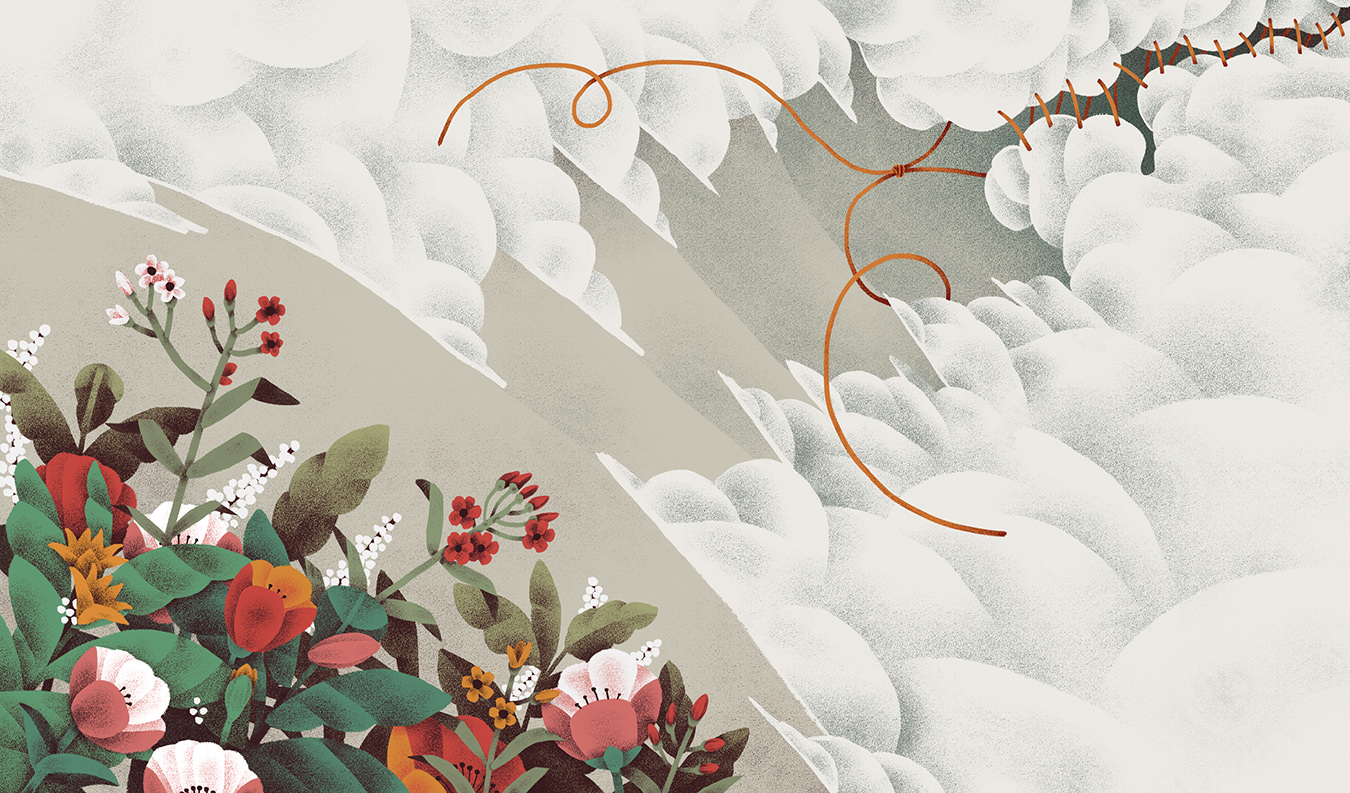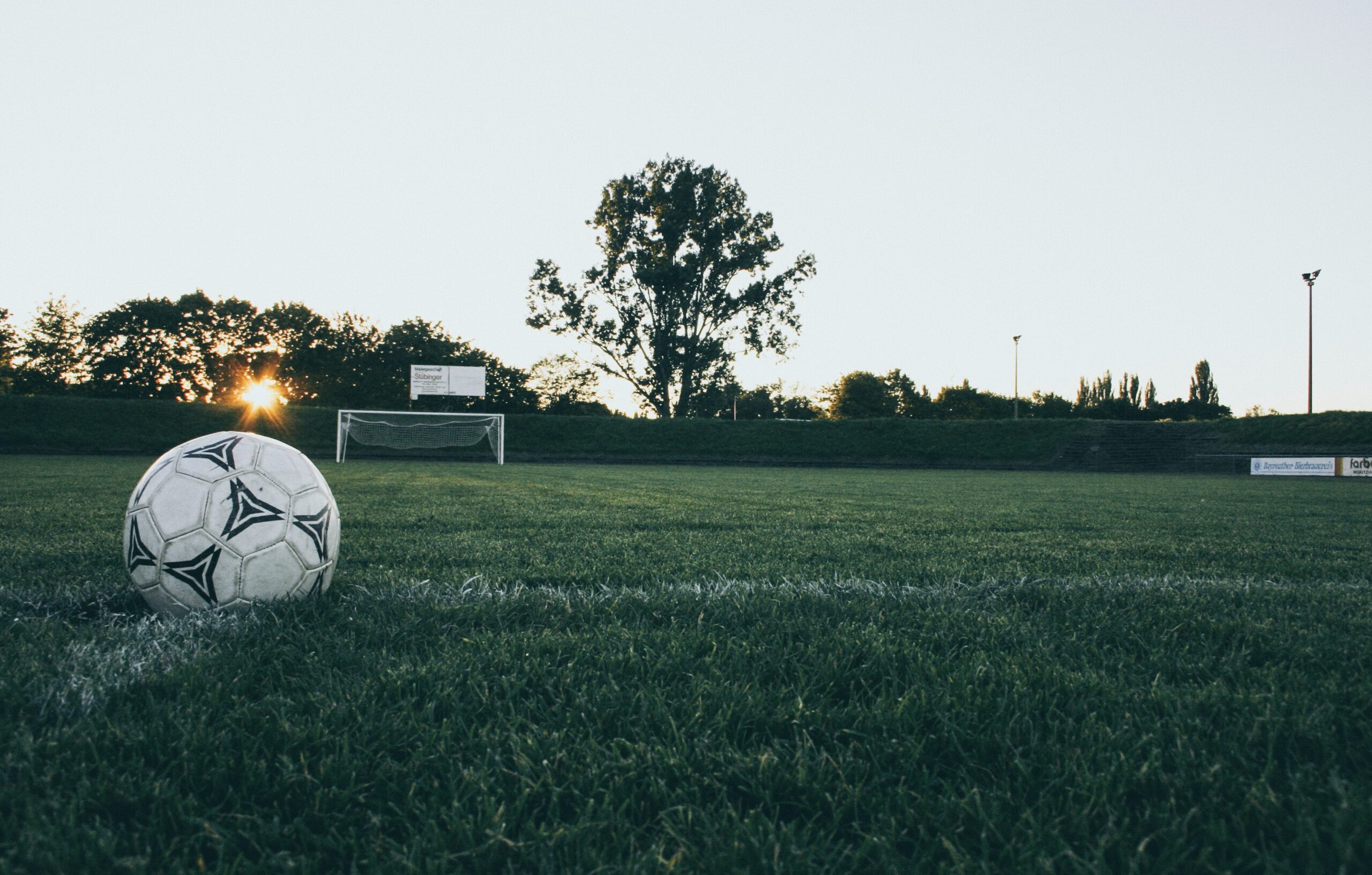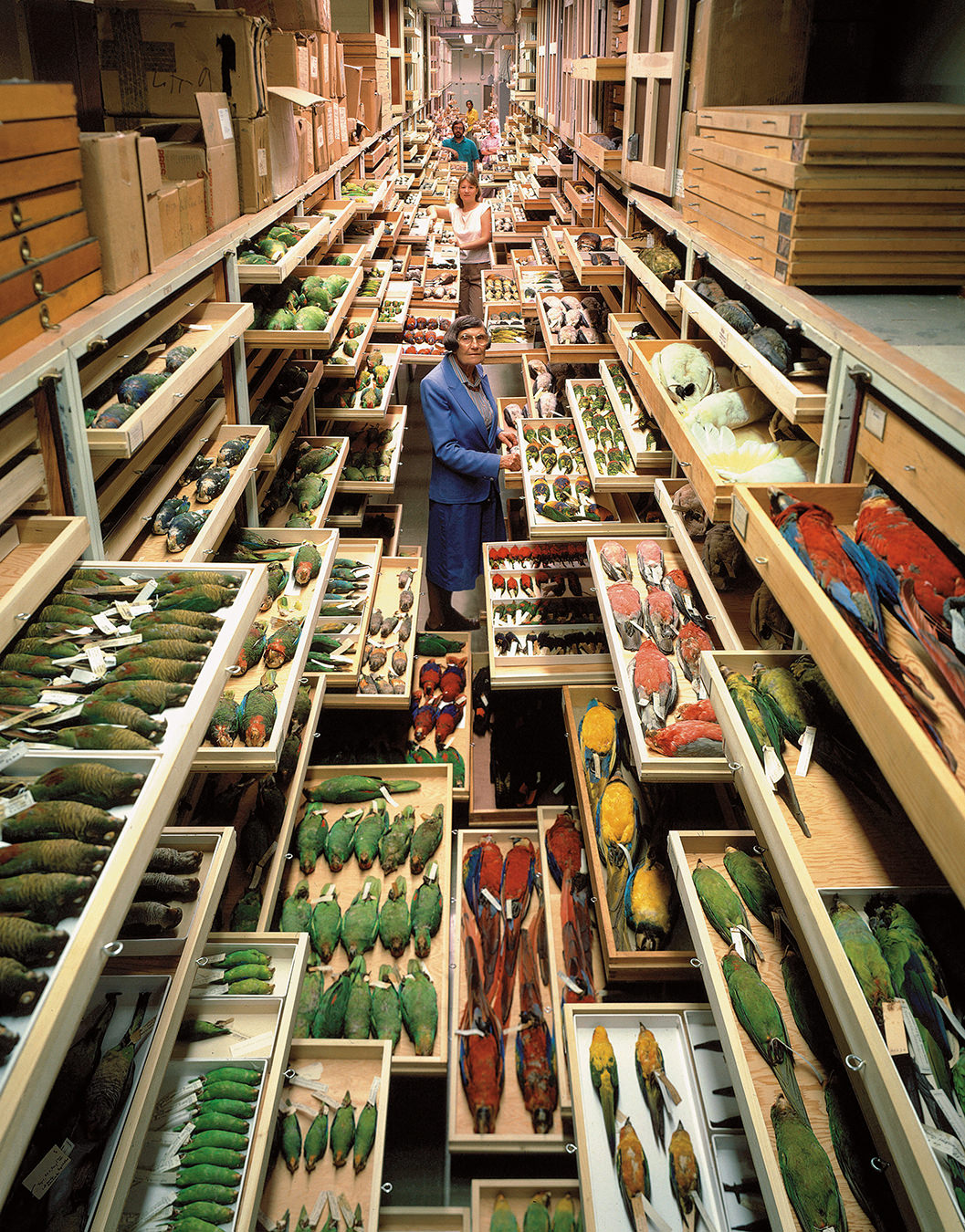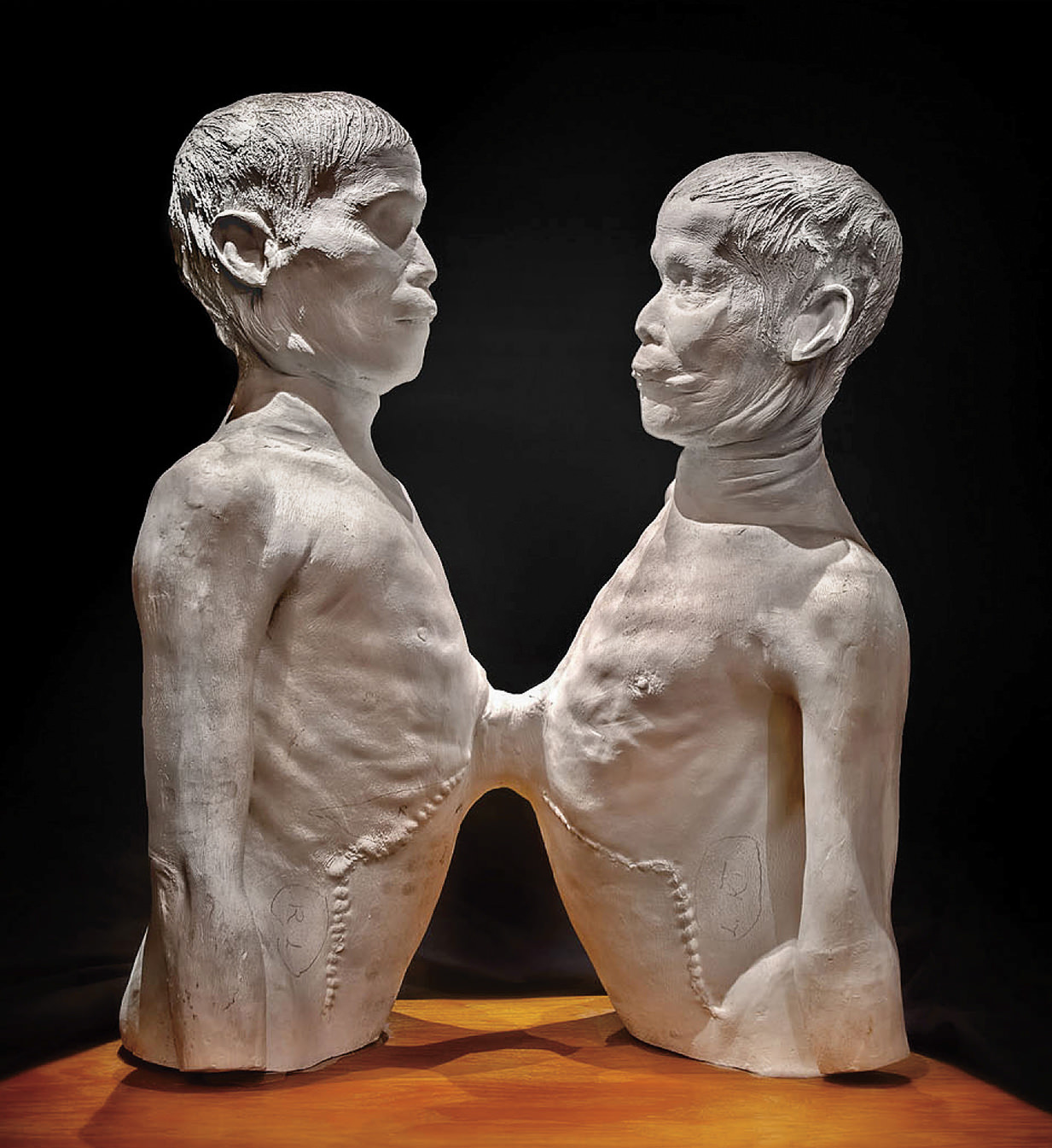Clearing the Air
The ozone layer shows signs of recovery.

And now for some good news: the ozone layer might actually be repairing itself. So says a gaggle of 300 United Nations scientists who have been keeping an eye on things in the upper atmosphere for the past several years. At its current rate of regeneration, the volume of ozone circling the globe should be back to 1980s levels in the mid-latitudes sometime around 2050, perhaps a little longer in Antarctica.
As far as doomsday scenarios go, the ozone hole never had quite the cachet of a Mad Max–style post-nuclear anarchy or the ever-popular zombie plague. But make no mistake: the threat was real. Ozone (essentially a compound of three oxygen atoms “glued” together) is a critical component of the atmosphere, protecting the earth’s flora and fauna from harmful ultraviolet radiation. Without it, we all burn.
Back in the 1970s, scientists determined we were destroying about 4 per cent of the Earth’s supply of the stuff every decade. The culprits: chlorine and bromine, released into the air via industrial refrigerants and solvents, along with the occasional spritz of canned antiperspirant. As these highly reactive gases co-mingle with ozone, they break it down into run-of-the-mill oxygen molecules, destroying the planet’s natural sunscreen in the process.
Anyone old enough to remember the newscasts with their badly rendered animations of giant, pulsating blue blobs of ozone-free air drifting over a pixelated outline of the South Pole will recall how inevitable it all seemed—a textbook example of the tragedy of the commons. Only, it wasn’t. Far from being too little, too late, the 1987 Montreal Protocol banning the use of ozone-destroying chemicals (the first universally ratified treaty in the history of the UN) turned out to be exactly the salve Mother Nature needed, administered just in time to prevent humanity from destroying itself.
Hard not to feel there’s a lesson in that. If we managed to persuade, harangue, cajole, and bully the nations of the world to sign on to an agreement over the vociferous objections of the captains of industry once before, perhaps we can do it again. Instead of simply accepting the inevitability of snow-free winters, melting icebergs, and homeless polar bears, maybe we can actually get our you-know-what together and change the way we live. Maybe we are not destined for disaster. Perhaps there is, after all, some reason for hope.
Wouldn’t that be a change. Over the past decade or so, dystopic fictions of battle-scarred teenagers (The Hunger Games; Divergent), never-say-die survivalists (The Walking Dead), criminals with a conscience (Elysium), and naively romantic adults (The Children of Men) triumphing over a world gone mad have become the myths of our times. No surprise there: storytelling remains one of our most powerful tools for making sense of a universe that seems rather too full of injustice and futility.
It has been a long time since happy endings were considered myth-worthy. But perhaps news that the world is healing itself is the thing that will heal our optimism. The fact that we fought off this threat with diplomacy, not six-shooters—it wasn’t the Lone Ranger who rode in to save the day, but a bunch of bureaucrats working the phones—maybe this is what we need to rewrite the metanarrative of our time, to rethink the very popular idea that the world is indeed going to hell. It’ll be a while before we find out. Maybe 35 years; perhaps a little longer in Antarctica.








